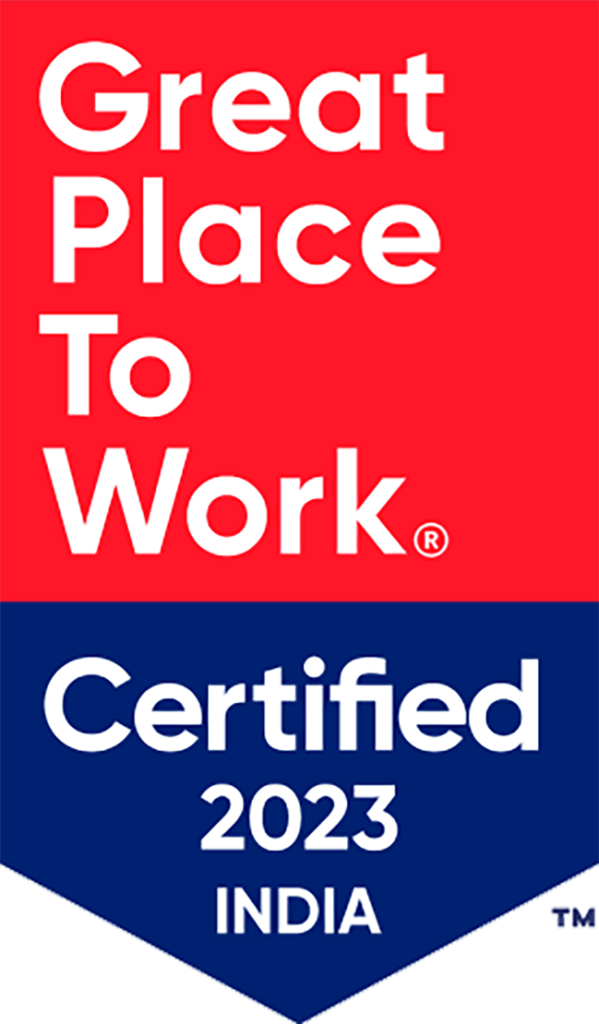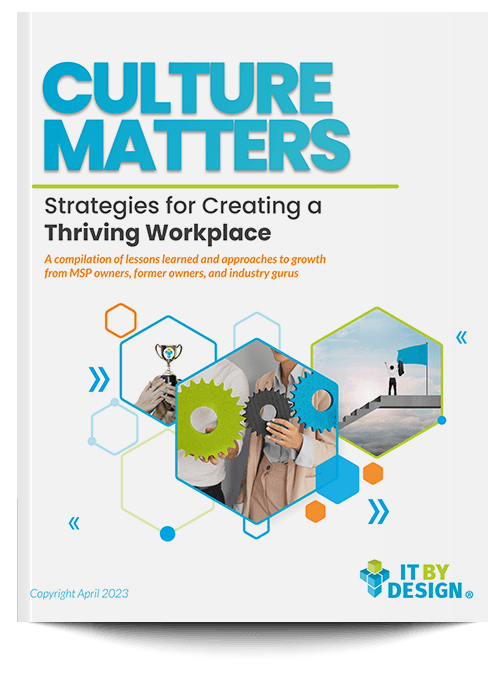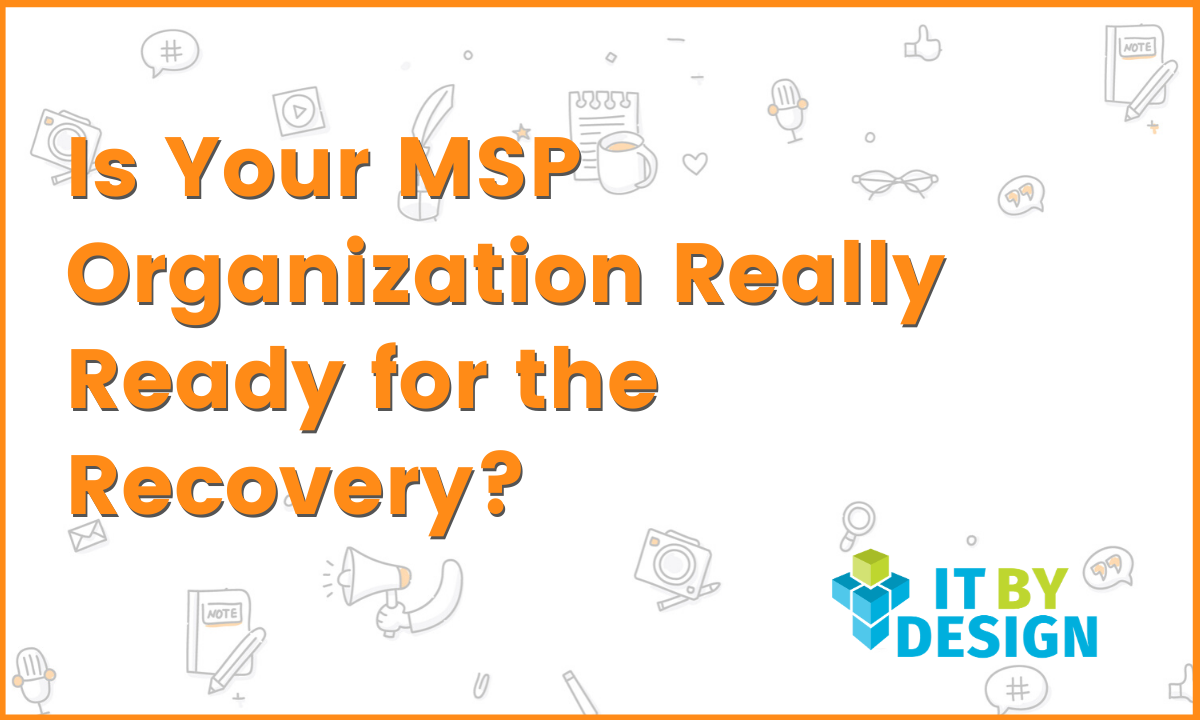Recovery—it’s been the light at the end of the very, very … VERY long pandemic tunnel. That day when stay-at-home orders lift and we can start to go back to work in our physical offices. But as that reality creeps closer, it’s been obvious to many MSPs that we aren’t going back to normal even after the recovery begins.
Instead, business leaders are grappling with the challenge of keeping potentially anxious employees calm, navigating a maze of back-to-office rules and regs, keeping customer service uninterrupted, and managing the day to day of a business.
Whew. That’s a lot. In our recent webinar, I was joined by our CEO Sunny Kaila and guest Doug Diamond, CEO of Business Improvement, a business culture and engagement expert. Our discussion ran the gamut: What is your team thinking when it comes to returning to the office? How do we get started on that process? What needs to happen and when? Will this ever end? (OK, we didn’t talk about that, but I know everyone is thinking about it!)
A few key takeaways from our recovery conversation
Doug’s specialty is culture and engagement, and he leverages online surveys to gather real-life input. As the pandemic unfolded, Doug has created a series of pulse surveys to help MSPs learn more about what their teams are thinking, are concerned with, and have questions about. Here’s some of what he found about their mindset when it comes to returning to the office.
Safety: Most feel safe now, but there is definitely a wide range of thoughts about returning to work. The survey, featuring feedback from MSPs, made it clear that some employees feel considerably more comfortable returning to work while others simply disagree it is time to do that. The challenge for leaders is understanding where your team falls, then adjusting plans and communication accordingly.
What do employees need to feel safe: Many of those surveyed don’t want to return to their physical workplace unless there is clear guidance from local government and restrictions on who and how many people can come to the office. That along with strict social distancing, PPE, and commuting are their top concerns. Other things they are thinking about: Reconfiguring the office, cleaning high-touch areas, sanitizing the entire office, common space restrictions, closing your office to outside visitors.
What about traveling off-site? When you add in the need for MSP staff to travel to other offices in support of customers, things get more complex. How do you keep your team safe in environments you can’t control? Suggestions include off-hour visits to limit exposure and communicating with customers to understand steps being taken in those secondary sites to determine who you will and will not service. Lastly, make sure your team members understand that if they don’t feel safe, it is OK to leave that secondary location.
Keys to Reopening for Recovery—Our Template
If ever there was a need for a solid plan and clear policies in advance of a decision—this is it. Things to consider: Who should work and when? How do you ensure that your entire workforce won’t get ill and shut down your business? (Hint: Team A, Team B, Team C, and staggered work times.)
Get Your Teams Input
Don’t try to solve all the problems in a vacuum—survey your team and get their feedback and ideas. If you have a culture committee in place, this is the perfect time to use them to gather information on various points of view and leverage those in your back-to-work planning. Be sure your ideal team players and positive influencers play an elemental role in that committee. They will help you keep everyone calm.
Business Continuity Stays Front & Center
Split attendance of each department so a COVID infection will not knock out an entire team at the same time. By splitting teams—Team A, Team B, and the WFH Team—you are not only lessening the risk but also enabling easier social distancing and clearing time for cleaning. Think of it as similar to the long-standing rule that all the C-suite leadership of a business never travel together. We’ve also implemented a 24-hour “desk at rest” plan that leaves workstation usage staggered.
Lastly, write down your plan. Then, communicate clearly, calmly, transparently, and often. Talking to your team as they prepare for a return to the office and then start that process is as important as keeping the lines of communication open when this crisis began. Be sure to announce the full plan in detail on a virtual Town Hall and then follow up with a detailed email. Then follow that up with ongoing communication; maybe it’s a daily email to your team in the week or two before you open that includes tips on staying healthy at work. And don’t forget to be open to feedback at each step. Your open-door policy should be called out in every communication.







